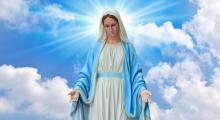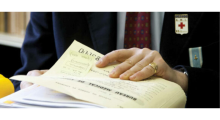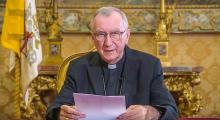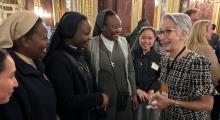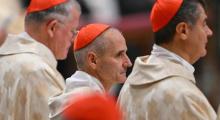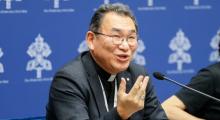Issued by the Catholic Center for Studies and Media - Jordan. Editor-in-chief Fr. Rif'at Bader - موقع أبونا abouna.org
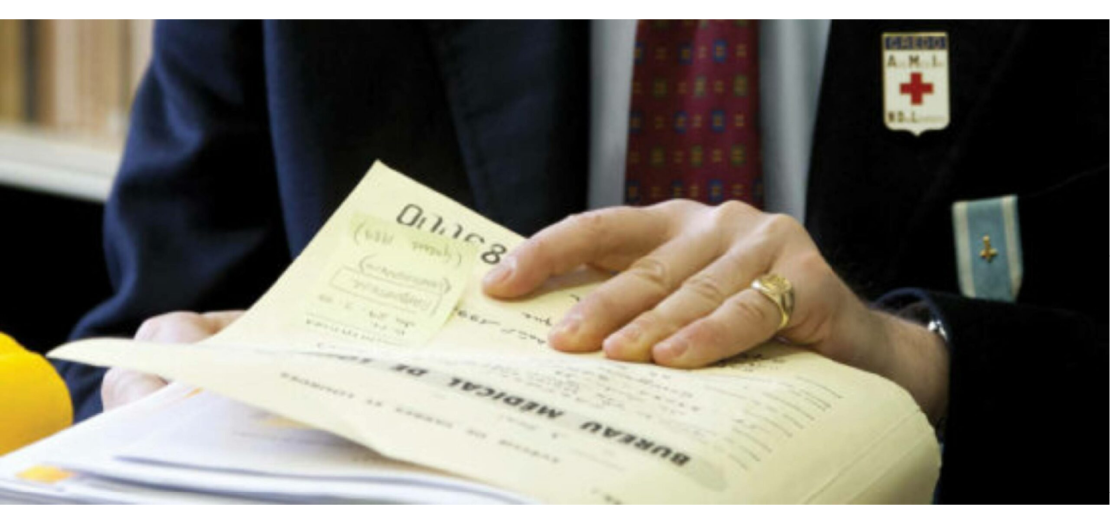
The world of faith often operates on a different timeline, and the story of John Traynor—a British soldier miraculously healed in Lourdes—stands as a poignant testament to this. While his cure occurred in 1923, the Catholic Church officially recognized it as the 71st miracle of Lourdes only in 2024, 101 years later.
John Traynor’s journey was marked by suffering, resilience, and unwavering faith. Born in Liverpool to an Irish mother, he enlisted in the Royal Navy at the onset of World War I. The brutal conflict left him severely wounded on multiple occasions. First injured near Antwerp in 1914, he later sustained devastating injuries during the ill-fated Gallipoli campaign in 1915. By 1923, Traynor was paralyzed, epileptic, and partially blind, with a body ravaged by numerous failed surgeries.
Despite his deteriorating health and the skepticism of both doctors and clergy, Traynor joined a pilgrimage to Lourdes, accompanying the inaugural delegation from Liverpool’s archdiocese. His determination defied medical prognosis and the counsel of those around him, as he firmly believed that if he were to die, Lourdes was the best place to do so.
On July 25, 1923, Traynor experienced what would later be deemed miraculous. After being immersed in the sacred baths and participating in the Eucharistic procession, he found himself completely healed. The transformation was immediate and undeniable. Medical professionals present on the pilgrimage confirmed his recovery on the spot.
Returning to Liverpool, Traynor’s life took on a new mission. He devoted himself to serving others, becoming a stretcher-bearer for annual pilgrimages to Lourdes until the outbreak of World War II. His robust health, humble demeanor, and steadfast faith became a source of inspiration for those who knew him. Traynor’s healing was first submitted to the Bureau des Constatations Médicales in 1926, where it was meticulously examined. However, it took over a century for the Church to formally declare it a miracle, a decision announced by Archbishop Malcolm McMahon of Liverpool in 2024.
What makes this story so compelling is not only the miraculous healing itself but also the life Traynor led afterward. Despite his physical hardships, he remained virtuous, selfless, and deeply faithful. His simple yet profound devotion to the Virgin Mary and the Eucharist had roots in his mother’s piety, which left an indelible mark on him.


